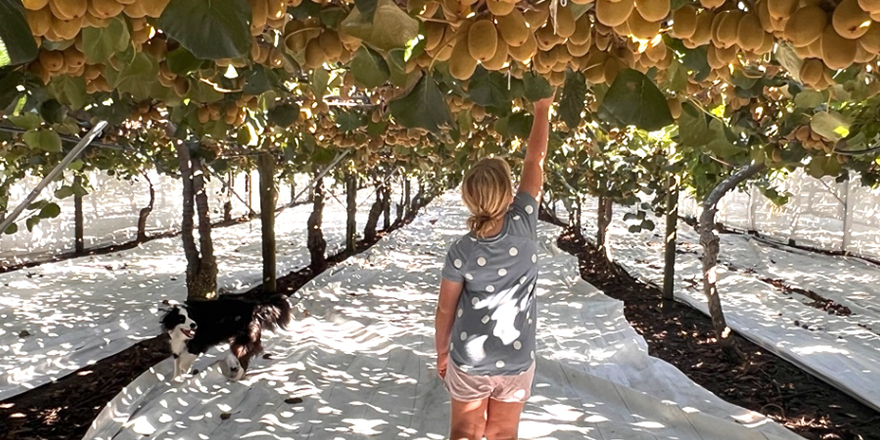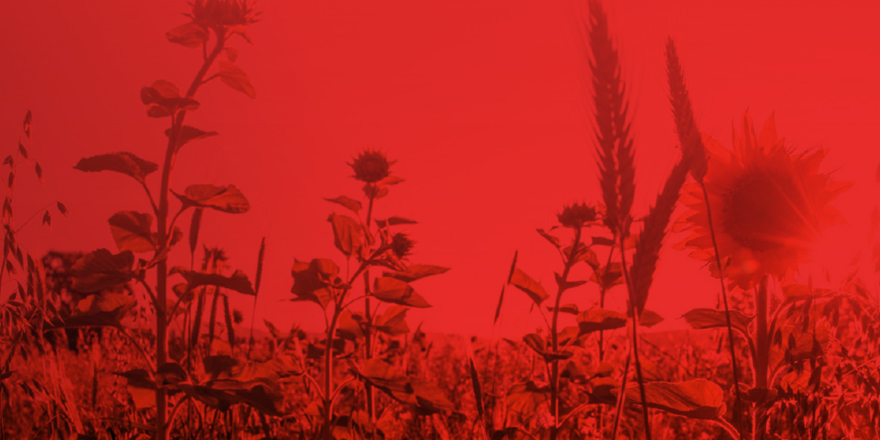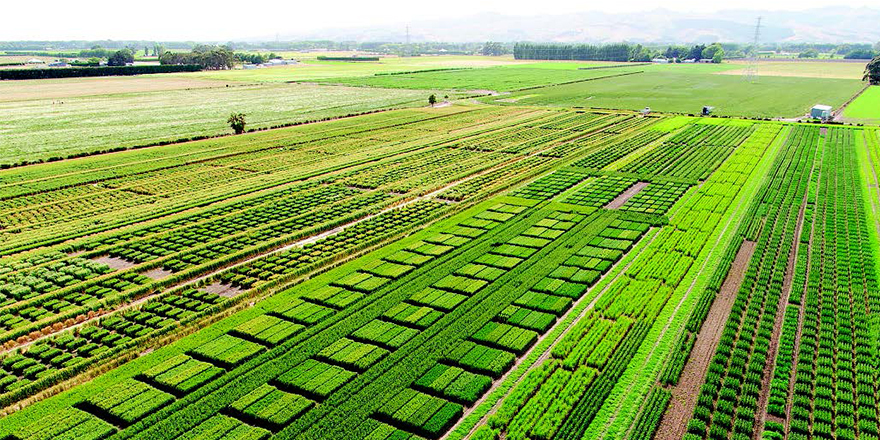The genesis for my Nuffield Scholarship research was a sense that farmers and growers have a number of significant challenges or problems, both on-farm and off that have not been solved, or we are struggling to solve. As we milk, shear, tend and harvest, thousands of farmer and grower-minds around the country turn to these problems and to the dreams we have for the future.
We think about our immediate problems, like how much grass have I got to feed my animals, or do I have a water leak? We think about system problems, like how will I reduce my nutrient use, or what is my environmental footprint? We think about the tough problems like changing consumer preferences, or heightened society expectations and how can we reconcile these. Collectively we think and dream of a hundred thousand ideas. At the moment very little happens with many of these ideas. I want to change that.
In this Report I refer to the Wicked Problems of agriculture and food. These are the complex, incomplete, and changing problems we face, where there are no black and white answers but rather trade-offs. And often when a solution is found to one problem, then another problem emerges. Producing nutritious food for a growing population, with less agricultural land, a smaller environmental footprint, climate change and satisfying a multiplicity of consumer demands, while improving livelihoods for rural communities is a wicked problem.
In NZ we have many of the pre-conditions for innovation and fare comparatively well on international innovation indexes. So, what is missing? Why are we struggling to solve the wicked problems we face? The problem is two-fold: firstly the very-nature of the problems we face needs to be recognised; they are wicked problems and we cannot solve them alone. Working away in isolated groups won’t do it. Rolling up our sleeves and puffing out our chests to declare we will solve it won’t do it. And well-intended broad consensus collaboration won’t do it. Secondly, we need to take a closer look at our system of innovation. Where is the user (the farmer and grower) in our design of innovation, where is the user in the generation and development of innovation? How do we close that gap, refine our innovation and speed our cycles to market?
This Report aims to provide a model for generating and capturing ideas to solve the wicked problems of food and agriculture. The key element to solving this is bringing to bear the focus, passion, practical application and entrepreneurial drive of our farmers and growers. The innovation model needs to put them at the centre. It also needs to build an innovation consciousness amongst our farmers and growers.
This topic is important because the world today has become much more complex, uncertain and fast- moving. I borrow the term VUCA (volatile, uncertain, complex and ambiguous) from the military to throw light upon this. To succeed and innovate in this VUCA world we need to be actively engaged in innovation to perceive the opportunities and foresee the risks of disruption to our businesses and industries. As Rodd Carr, Vice Chancellor of University of Canterbury explained, “the lone-farmer standing in the field is a high- risk strategy.”
Generating ideas is the easy part. Ideas sitting in silos by themselves are useless. We need platforms to take one good idea and, as Stephen Johnson in his book Where Good Ideas Come From describes, collide it with another good idea to create innovation.2 We need places where good ideas can be shared, refined and given substance. In this Report I look at case study examples of platforms for innovation from Salinas Valley in California, from the Netherlands, from the EU and from Silicon Valley.
This Report recommends an innovation model for New Zealand where farmers and growers lead from the middle to solve the challenges they face. I describe eight principles of innovation to assist farmers and growers understand what good innovation looks like. I explain the myths, barriers and wrong-turns to innovation, to help navigate along the zig-zag path of innovation.
Keywords for Search: Mathew Hocken, Hocking




